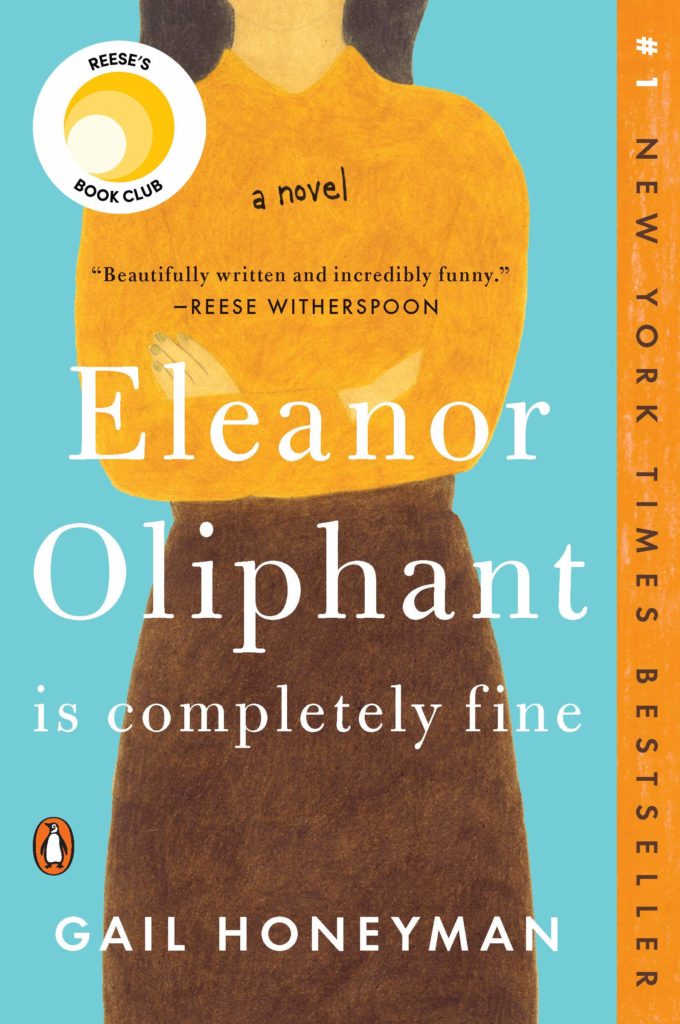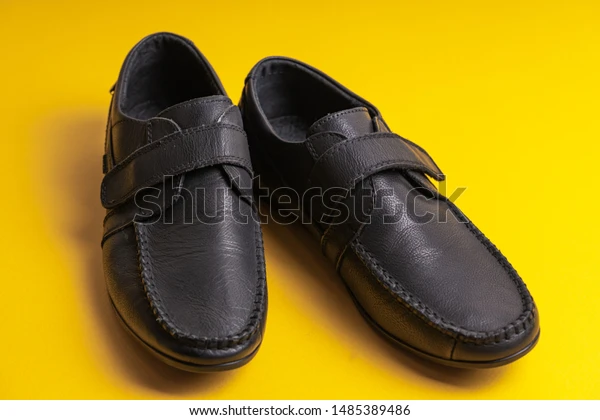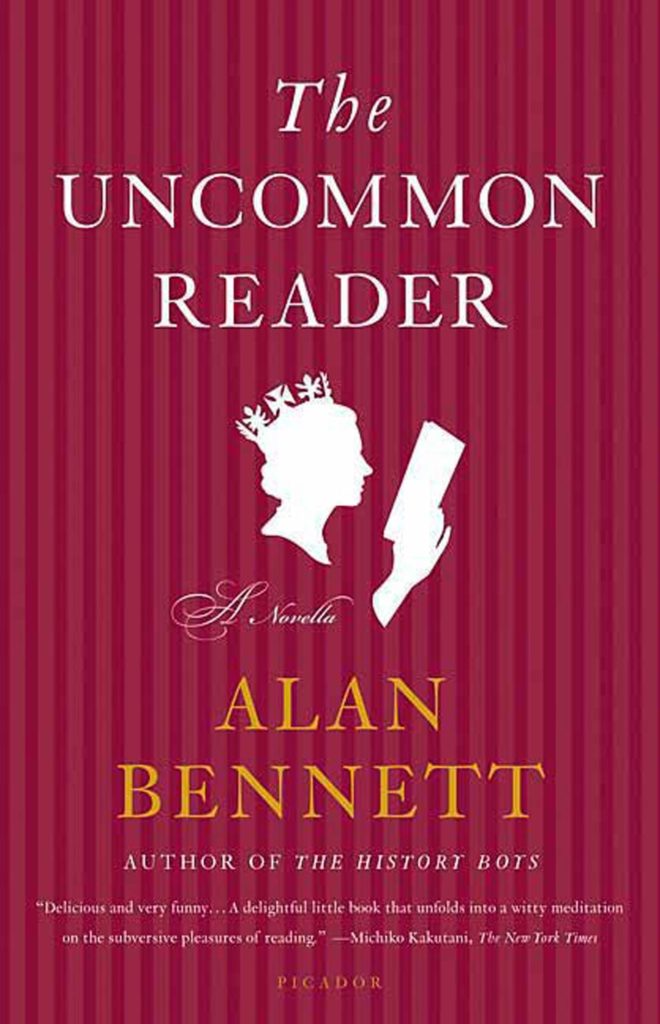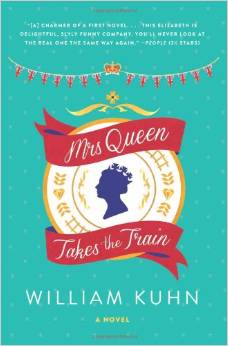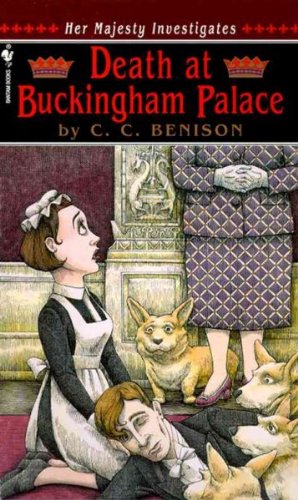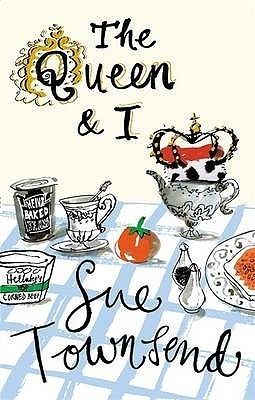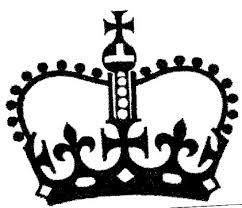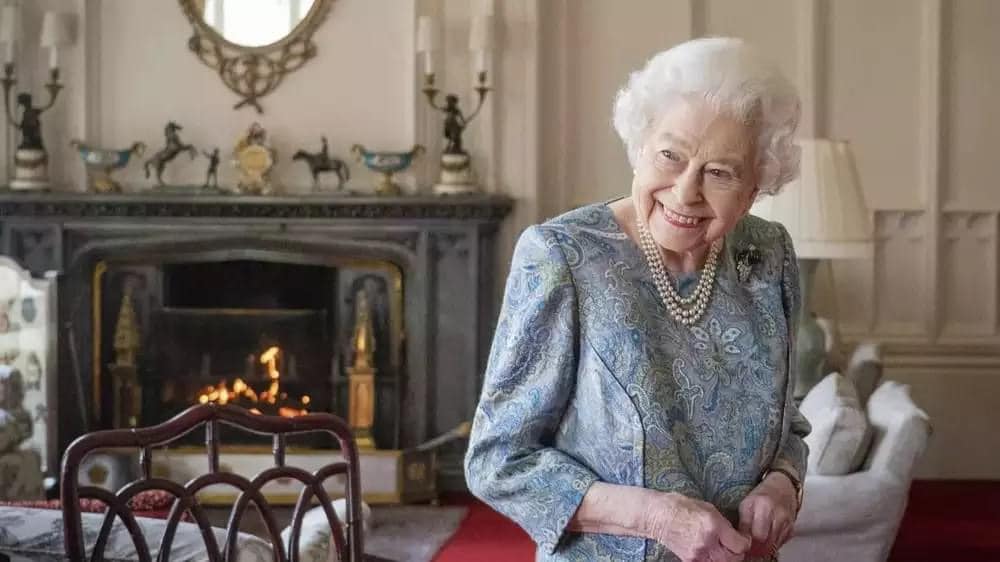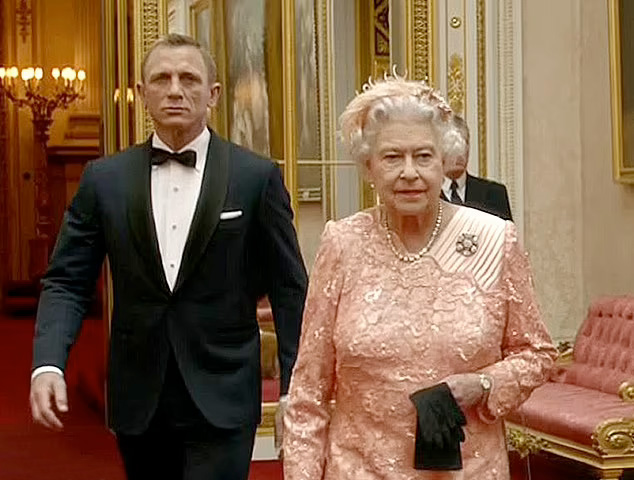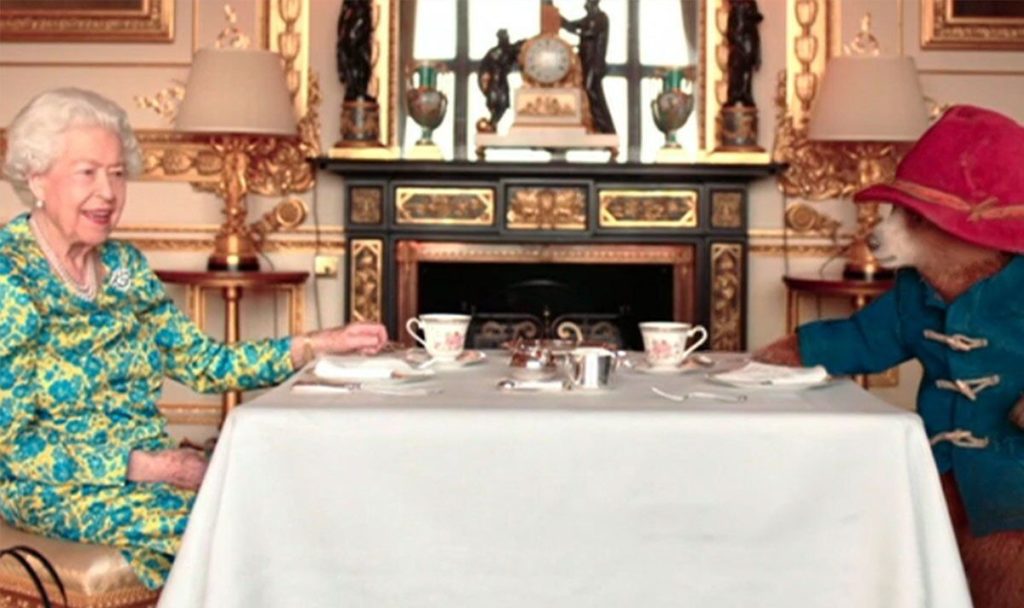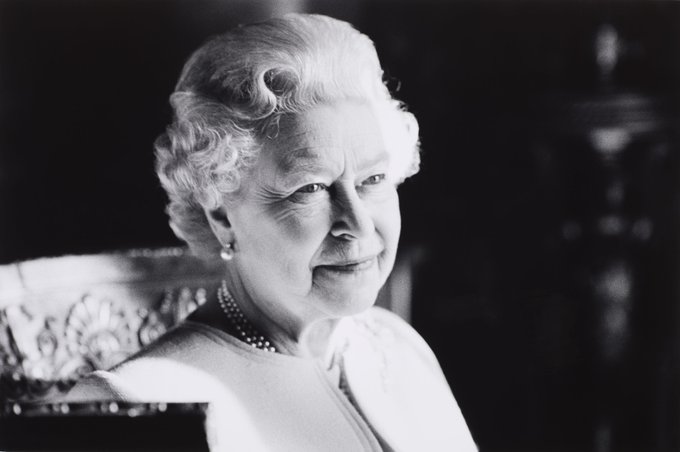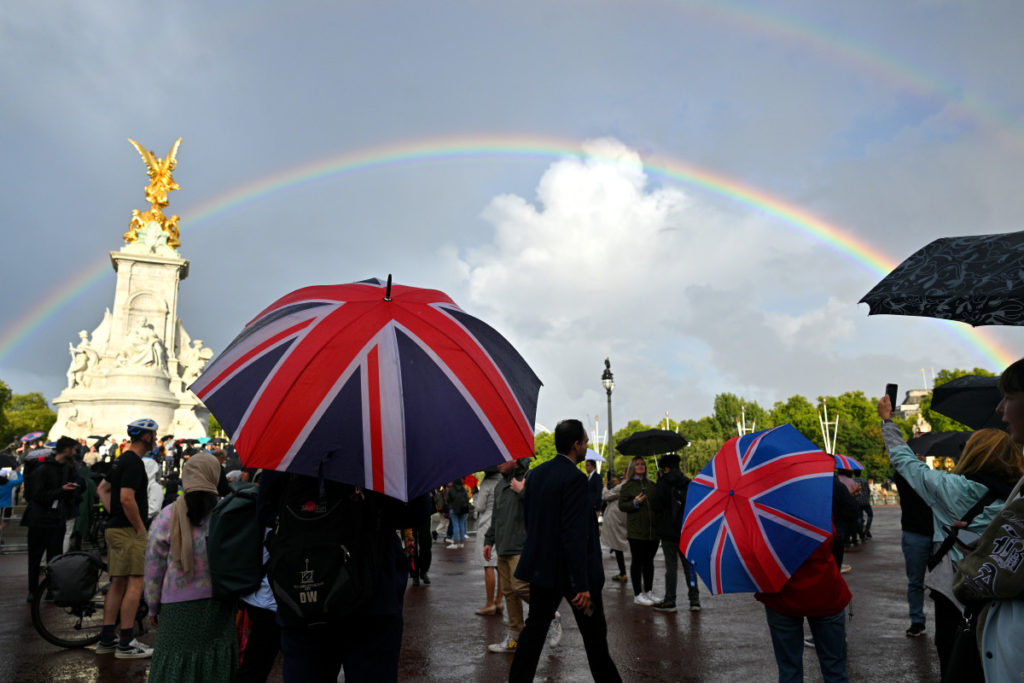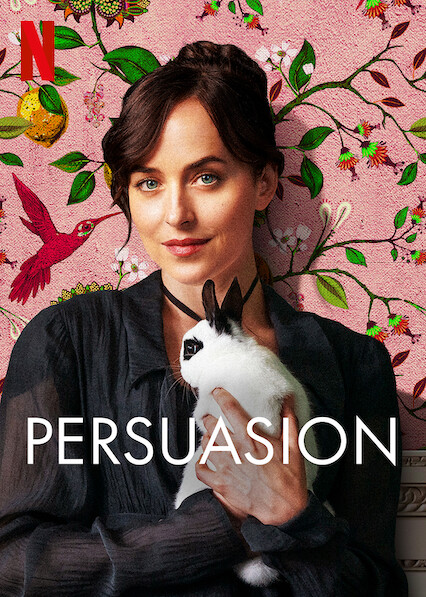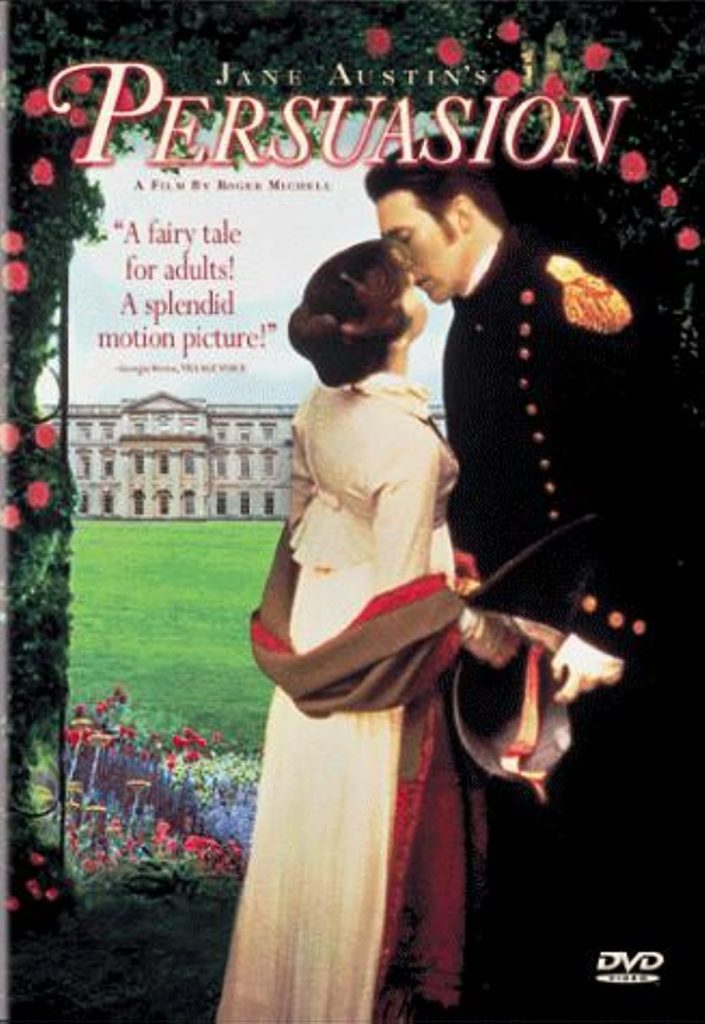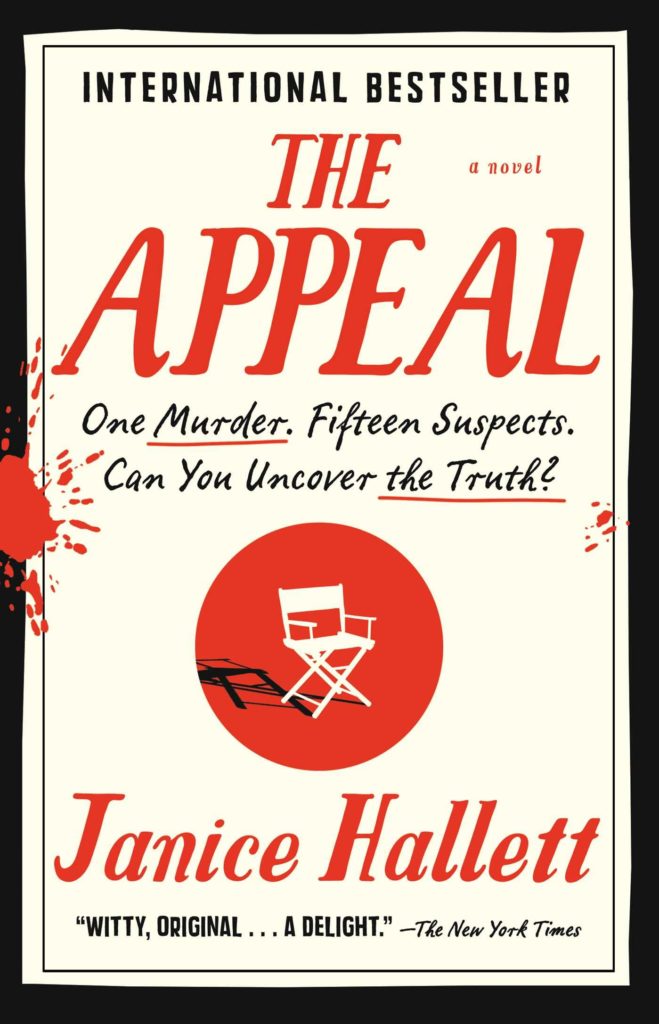Eleanor Oliphant is Completely Fine by Gail Honeyman
This novel has been around for awhile, but I never got to it. So, when looking through my library wish list — (because you know I don’t have any of my own books to read) — I realized I had added this novel way back in 2018. So decided it was time to give it a try.
Eleanor Oliphant is 29, works as a finance clerk in Glasgow, has no friends or social contacts and is both eccentric and opinionated. Written in the first person, the novel begins with Eleanor’s day to day life and her unfiltered description of herself and everyone she meets. She is an introvert, who doesn’t fit in at work and is very uncomfortable in social situations. On the weekends she drinks alone, does difficult cross word puzzles, and seldom speaks to anyone — hers is a solitary and lonely lifestyle.
It wasn’t that I needed anyone. I was, as I had mentioned, perfectly fine.
She’s oblivious to how her actions appear to those around her and blames any awkwardness on the other person. Her private thoughts are witty, and often harsh judgements, about everything and everyone. Eleanor lacks both filters and self-awareness — so ends up saying things out loud that most of us wouldn’t dream of saying.
As you read this novel, if you’re like me, you’ll start to feel protective of Eleanor as she bumbles her way through the world in odd clothes and her sensible Velcro closure shoes.
I’d tried so hard, but something about me just didn’t fit. There was, it seemed, no Eleanor-shaped social hole for me to slot into.
Through out the book, Eleanor’s troubled past is revealed little by little, and the reader starts to realize that Eleanor Oliphant is Not Completely Fine.
Eleanor’s metamorphosis begins when an old man collapses in the street and, with her co-worker Raymond, they help and befriend him. She is soon visiting the old man in the hospital and becomes fond of Raymond, despite a fantasy crush on a singer in a local theater. She decides to step up her game, having her hair colored and styled, buying a new outfit (with non-Velcro shoes), and even submits to a makeup demonstration at department store. Eleanor finds the experience both exasperating and exciting.
Was this how it worked, then, successful social integration? Was it really that simple? Wear some lipstick, go to the hair dressers and alternate the clothes you wear? Someone ought to write a book, or at least an explanatory pamphlet, and pass the information on.
Most importantly she starts therapy, which as you can imagine is not a pleasant experience for our Eleanor. Her private thoughts about her therapist are both catty and funny. But, little by little, she confides bits and pieces of her past to the therapist and they form an uneasy but important bond.
I raced through this book, wanting things to go well for Eleanor and wanting to see what was going to happen to her next. Ms. Honeyman has created a character both fierce and independent yet also breathtakingly vulnerable. In one sentence her inner dialogue states:
I have always taken great pride in managing my life alone. I’m a sole survivor – I’m Eleanor Oliphant
Only later in the chapter to lament:
I could not solve the puzzle of me.
The author, Gail Honeyman said:
It’s a story of the transformational power of small acts of kindness. She wrote Eleanor’s life, as a person who has been knocked off kilter by an unnamed childhood horror which she can only recall from her sense of, before and after, and although she’s had a fairly catastrophic start in life, Eleanor is still the agent of her own life. She goes on to say that she didn’t want to write her as a victim, and didn’t want her to be self-pitying either. She tried to leave space in the narrative, so the reader could feel those feelings on her behalf.
Eleanor Oliphant is Completely Fine gifts the reader with a character who will stick with you long after the novel is finished. I found Eleanor funny yet sad – smart yet naive.
It’s a wonderful exploration of how socialization can be effortless for most, while at the same time, cringe-worthily awkward for those who are different. I am fortunate to be in the former group, but I know those who fall into the latter. After reading this novel, I feel a greater understanding and empathy — as if I have walked a mile in their sensible Velcro shoes.
Fun with the Queen
This will be my last post about her majesty, I promise. I want to share a few books that poke fun at the Queen – one, not so gently. Read on, I’ll explain ~~
The Uncommon Reader by Alan Bennett
Quite by accident, the Queen of England stumbles upon the bookmobile that visits Buckingham Palace each week. To be polite, she checks a book out from the traveling library and what follows is a charming story in which HRH develops quite an obsession with books and sends the palace into an uproar.
With her new love of reading, neither she nor eventually England will ever be quite the same in this quietly humorous short novel. The Queen discovers Jean Genet, Nancy Mitford, E. M. Forster, Emily Dickinson, Alice Munro, Proust, Charles Dickens, Dostoevsky. She has difficulty with Jane Austen because that writer is so concerned with social distinctions. Ar first, she is put off by the verbosity of Henry James(something she has in common with any reader I have ever known) and I have to agree with her question:
Am I alone in wanting to give Henry James a good talking to?
The Queen’s newfound love of reading quickly concerns both the royal household and her staff. She’s no longer interested in her duties and has started arriving late to engagements (even Parliament). And like all readers, the Queen often laments about her full days of meetings, wishing instead she could be at home reading. She perfects reading in her coach, keeping the book below the window level so as to maintain the royal wave as she travels.
She eventually comes to question the prescribed order of her world and loses patience with the routines of the monarchy. With her reading, she gains a new widening perspective which soon leads to surprising (and very funny) consequences for the country at large.
The Uncommon Reader pokes gentle fun at the proper behavior and protocol at the palace. Mr. Bennett encapsulates, in a subtle and clever way, the isolation and insularity of a royal’s life. This short novella, imagines that the Queen discovers a way to break out of the bubble with the joy of reading.
Mrs. Queen Takes the Train by William Kuhn
A very similar novel, in both tone and style – with a mimic cover.
Mr. Kuhn even refers to the Bennett novel:
“‘Did you read the one about The Queen becoming a reader?’ said the woman in spectacles to the young man at her side.`I did enjoy that one. So funny. And of course, being a reader myself, I liked that side of it.’”
From the back cover:
After decades of service and years of watching her family’s troubles splashed across the tabloids, Britain’s Queen is beginning to feel her age. She needs some proper cheering up. An unexpected opportunity offers her relief: an impromptu visit to a place that holds happy memories—the former royal yacht, Britannia, now moored near Edinburgh. Hidden beneath a skull-emblazoned hoodie, the limber Elizabeth (thank goodness for yoga) walks out of Buckingham Palace into the freedom of a rainy London day and heads for King’s Cross to catch a train to Scotland.
But a characterful cast of royal attendants has discovered her missing. In uneasy alliance a lady-in-waiting, a butler, an equerry, a girl from the stables, a dresser, and a clerk from the shop that supplies Her Majesty’s cheese set out to find her and bring her back before her absence becomes a national scandal.
Mrs. Queen Takes the Train abounds with dry, British humor and witty social commentary. Mr. Kuhn tackles homelessness, terrorism, race relations, and mental illness. What I found fascinating was how the author gave the Queen a human side (she does yoga and attempts a computer) but still maintains the respectful dignity due a British monarch. You can read my full review of this delightful little novel HERE
Death at Buckingham Palace by C. C. Benison
I read this years ago, back when I was working 60+ hours a week, and at the end of the day, my mind was mush. In those days, I would turn to light, cozy mysteries to relax me to sleep at night.
Death at Buckingham Palace starts with the Queen literally tripping over a dead body in the palace and an unlikely housemaid Jane Bee works with the Queen to uncover secrets of the highest order. The time period is a few years after the Queen’s “annus horribilis” and before the death of Princess Diana. Lots of humor (footmen streaking naked through the palace), upstairs and downstairs drama, a film crew doing a documentary on life at the palace, and plenty of red herrings for Jane to sort through. A fun look inside the palace (there’s even a map of the layout) and tongue-in-cheek humor.
I’ve kept this little paperback all these years, which means I meant to re-read it – I do remember really enjoying it. There are two more in this “Her Majesty Investigates” series – Death at Sandringham House and Death at Windsor Castle.
C. C. Benison is the nom de plume for the Canadian award-winning author Doug Whiteway…who under the same pseudonym also wrote the father Christmas series, which includes Twelve Drummers Drumming, Eleven Pipers Piping, Ten Lords A-Leaping — well you get the drift. I admit I read at least one of those, as well – back when I devoured cozy mysteries to unwind.
The Queen and I by Sue Townsend
Remember at the beginning of this rather long post, I hinted one of these books was not so gentle when having fun with the Queen? Well, actually The Queen and I is actually not directly critical of the Queen but of the royal institution itself. It does however, embark on making fun of the Queen trying to become a regular Brit.
What if anti-monarchists win the UK election and their first action is to transfer the royal family into low-income housing and told they must live like ordinary Britons? How would they cope and adapt?
This very scenario is explored in this very funny, very British tale by Ms. Townsend. The family is ‘relocated’ to Hellebore Close the missing letters in the street sign leave “Hell Close”), a council estate somewhere up the M1. Elizabeth is assigned a social worker, Phillip gets clinical depression, Charles grows a ponytail and ends up in prison, and Anne starts see a carpet installer named Spiggy.
When it was originally published in 1992 this satire was considered an edgy and irreverent exploration of the role of the monarchy, and it does, indeed, highlight the question of the relevancy and value of the ancient British institution.
I think I’ll re-read The Queen and I, as I remember it was amusingly bittersweet, as well as thought-provoking and insightful. Here’s some of the things I underlined from my first reading:
Upon her first, nervous journey on a bus, the driver quips to the Queen “aw c’mon lassie, let yourself go. You’ve got a face on you like a wet Sunday in Aberdeen.”
Then there is this exchange as they settle into the housing estate:
“Mr Barker, there is no mention of dogs here,” said the Queen.
“One per family,” said Jack.
“Horses?” asked Charles.
“Would you keep a horse in a council house garden?”
“No. Quite. One wasn’t thinking.”
“Clothes aren’t on the list,” said Diana, shyly.
“You won’t be needing much. Just the bare essentials. You won’t be making personal appearances, will you?”
Princess Anne rose and stood next to her father. “Thank God for that! At least something good has come out of this bloody shambles — Are you all right, Pa?”
So, there you go, some fun, light Queen-based humor.
I firmly believe she would approve.
HRH Queen Elizabeth II
Yesterday I had some friends over to watch the Queen’s funeral. I recorded the BBC coverage overnight for watching during the afternoon. I served tea (of course), crust less sandwiches, and some specially purchased ‘Queen’s cakes from a special bakery – click to make larger to see those cakes.
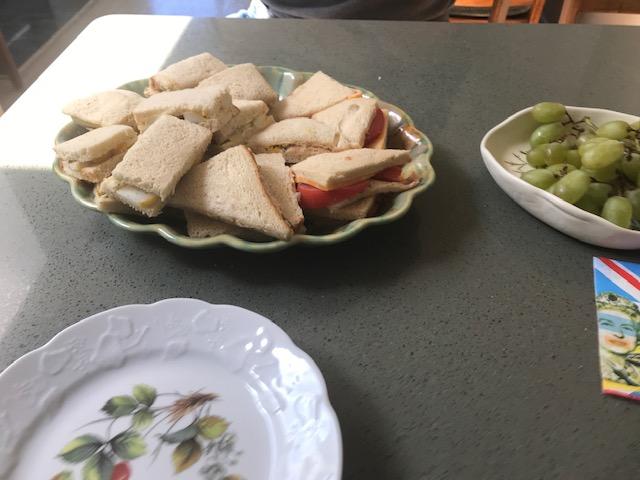
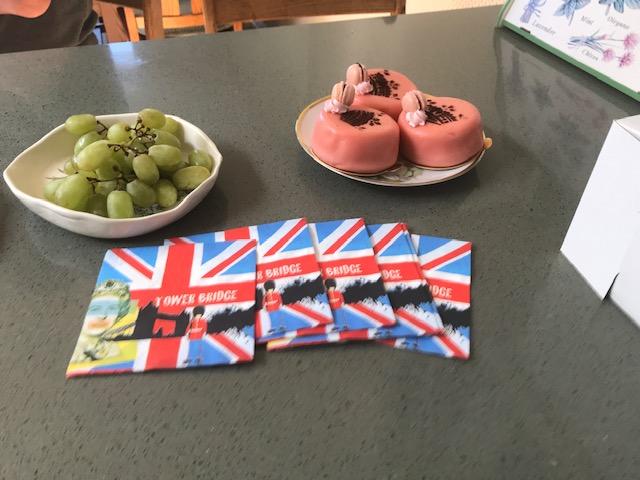
A friend brought short-bread cookies with her insignia.
And I had flowers for the occasion.
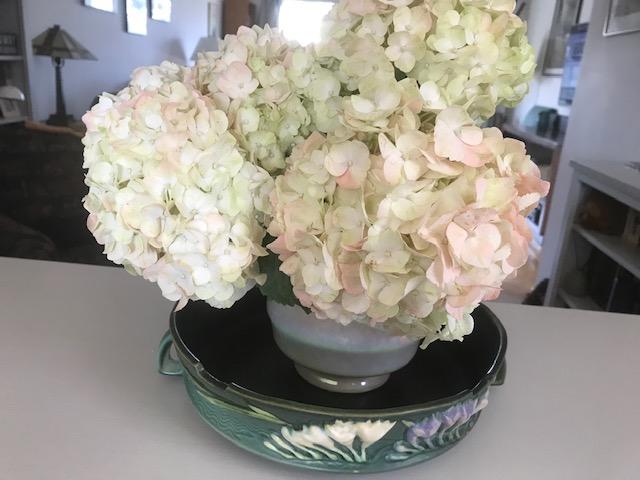
It was a moving and historical afternoon, full of pageantry, history and traditions that go back thousands of years. Everyone has probably seen some of the coverage, but here are few photos I want to share.
The crowds lined the entire route from Westminster Abbey to Windsor Castle. They were quiet and respectful. The nation-wide five minutes of silence was especially moving.
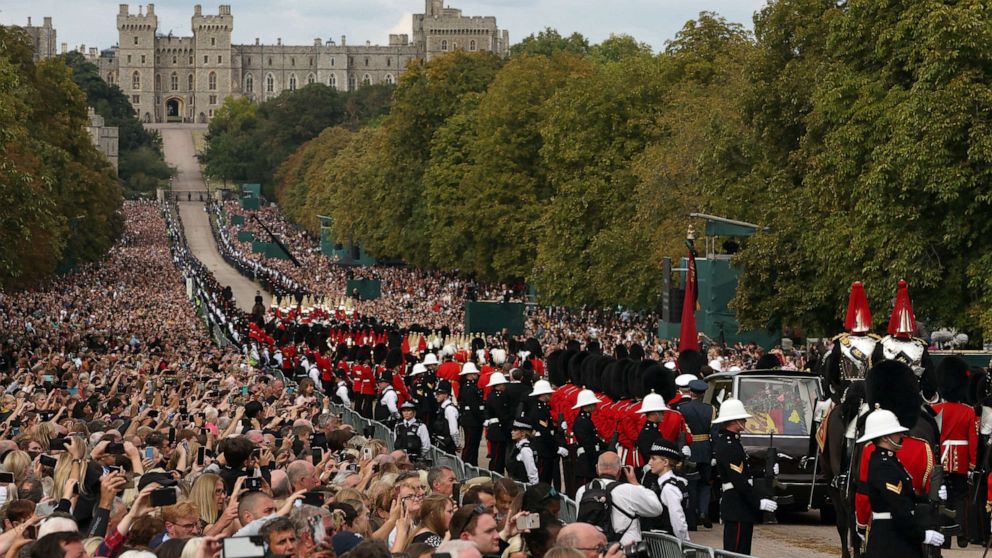
If you look closely at the photo below on the left, those are flowers previously left at the palace gates which the royal gardeners re-arranged along the Windsor mile. Also, her horse Emma brought to honor her casket.

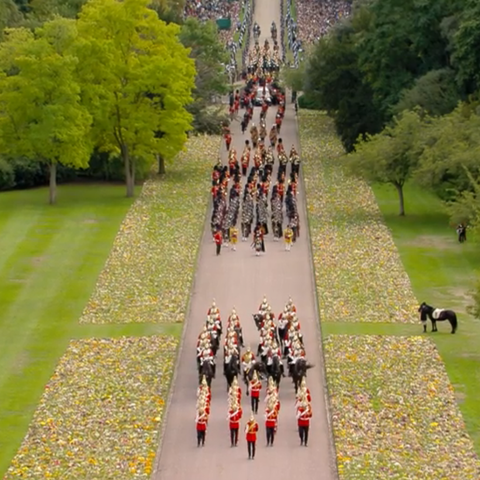
It was a long day of viewing, but my anglophile friends and I didn’t fast-forward at all…we wanted to see every moment.
A powerful and momentous day. RIP, your majesty.
A Tribute
Queen Elizabeth II, the longest-reigning monarch in British history, has died. You can read all the tributes and condolences at The Guardian HERE.
Many believe the days of the monarchy should end, that with all the struggles the United Kingdom faces both now and in the future, keeping a ruling dynasty going is wrong. I don’t live in the UK, and obviously my opinion matters not…but I shall miss the Queen.
I admired her dignity, her diplomacy, calm, and her grace — so well displayed during the cringe-worthy and bumbling Trump visit.
But it was her humor that shown brightest for me. She was quick to smile — her eyes a-twinkle, and it was clear she had a full life. Not only reigning as the British monarch for 70 years, but one could tell her life was full of love and happiness — as a wife, mother, sister, grandmother, and great grandmother. She had many friends and enjoyed meeting new people – from rock stars, to dignitaries, to everyday people in her life.

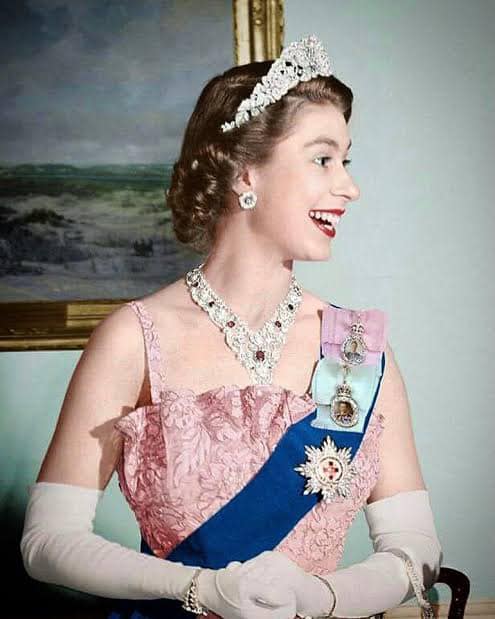
She was not afraid to poke fun at herself and her role. Remember the opening of the Olympics and her skit with James Bond?
You can see the full sketch HERE
Or on the occasion of her Jubilee, she meets with Paddington Bear and the age-old question of what the Queen carries in her handbag is finally answered.
Full video can be seen HERE
The Royal family gave the news of her death in this low key way, of which Queen Elizabeth would have approved.
The Queen died peacefully at Balmoral this afternoon.
And, as if on cue, a double rainbow appeared over Buckingham palace.
Enough said.
Rest in peace Queen Elizabeth.
Persuasion – A Modern Take
I was reluctant to watch the new version of Persuasion, now airing on Netflix. The reviews have been mixed, and in some cases sparked actual outrage on this modern take on the beloved Jane Austen classic. Slate magazine actually called it a disaster.
But then the other night, I decided to dip in, intending only to get a feel for it. I soon found myself chuckling away and very much enjoying this contemporary slant directed by Carrie Cracknell – who is well known in the British theater circuit.
Richard Grant is perfectly cast as the vain father, and much to my surprise, Dakota Johnson plays a sassy, sharp, and irreverent Anne who swills wine from a bottle.
This Persuasion has a playful tone with plenty of humor – but it stays largely faithful to the original story being told. There is still the typical Austen romance, heartache, and longing but with an ethnically diverse cast and modern point of view. It is beautifully filmed, with luscious scenery and sets — and the costumes are just wonderful.
The story is told through Anne’s inner dialogue which takes a bit of getting used to, but I soon embraced this very different way of telling the story. Her sister, Mary, shines with quick retorts and sarcastic one-liners which I hope I will remember to use myself.
On the negative side, the use of modern language and current phrases is often a bit jarring — giving the film an acerbic tone – nothing like the soft sensibility of pure Jane Austen. Here’s two examples that stuck with me Anne says of Mr. Elliot “I never trust a 10″ and tells her sister “We’re worse than ex’s – we’re friends”. Both are funny, but a great departure.
And speaking of pure – this updated version of Persuasion is not for true-died-in-the-wool Jane Austen fans (or “Janeites’ as they’re called). But I think that’s a good thing.
Jane Austen’s writing style, vocabulary, and chaste characters likely don’t appeal to most modern, young readers. Netflix has broken the rules by giving us a new perspective and infused a breath of fresh air into dusty Jane Austen. I can only hope this film version will relate to a younger audience and motivate new readers to Jane Austen. (I imagine Jane Austen, herself, would have approved)
I recommend you prepare yourself for a lovely evening. Ignore the harsh reviews, toss out your preconceptions, shut the curtains, stay cool, and enjoy this new Persuasion for what it is.
Watch the trailer HERE
Call me a dweeb, but I think one evening, I will go back and re-watch another (and my favorite) film version of Persuasion just for contrast.
The Appeal by Janice Hallett
Thanks to my trusty and wonderful digital library system, I snagged a Kindle copy of this book which had me intrigued, after reading the reviews.
The Appeal is a real page turner (to coin a well-worn phrase) — but it shouldn’t be. It’s not a fast-paced thriller. There’s no lurking killer, no police work, no espionage, no smart-mouthed detective — none of that.
Instead, the story unfolds through reading of a substantial pile of emails, text messages and press clippings relating to an amateur theater group in England. This correspondence is all part of an evidence bundle for an appeal against a murder conviction that a pair of junior lawyers are reviewing for the head of their law firm — however, as we read along with the lawyers – we are unclear as to the supposed victim — let alone, who is in prison for the murder.
Yes, that’s right, the reader has to try and piece together what’s happened from email, text, and phone messages.
It soon becomes clear that the wealthy Hayward family, who own a local hotel and health club, are the center of the local social circle and are the driving force behind the Fairway Players theater group. Martin Hayward runs the group of amateur actors and, along with his son James, directs the shows, while his wife Helen and daughter Paige are the perennial leading ladies –leaving everyone else vying for the best supporting roles, both on and off stage.
When Martin and Helen’s two-year-old grandchild, Poppy, is diagnosed with cancer their only hope is to try and raise $350,000 through a crowdfunding campaign, so that they can import an experimental drug from the U.S. for the first round of treatment.
Meanwhile, one of the Fairway Players, the often overlooked Issy Beck has introduced two new members to the group. Issy is a nurse on a geriatric ward and is delighted when her new colleague Sam Greenwood and her husband Kel agree to audition for the group. Sam and Kel have just returned from volunteering in Africa with Medecins Sans Frontieres — but why did they leave? And what’s their connection with Poppy’s doctor?
But, not everyone is convinced that the appeals for the funds, and the drug, are legitimate. Suspicions mount, accusations are made, and the tension leads to a dead body, and an arrest on the night of the play’s dress rehearsal .
Ms. Hallett has pulled off some extremely clever and accomplished writing. Although we only have the characters’ own words to go by, we soon develop a clear picture of each of player, as well as the group dynamics. Issy’s creepy, over-enthusiastic, and childlike emails have a clingy, obsessive note to them. Sarah-Jane McDonald’s bossy, capable emails in her role of campaign coordinator for A Cure for Poppy are spot-on – sometimes persuasive, sometimes hectoring. Martin Hayward is confidently authoritative while his son, James, takes a softer and more theatrical tone.
Each email reveals a bit more about the characters, their flaws, secrets and fears. Some of the correspondence appear to be pure gossip, while others seem enigmatic or irrelevant. Some provide key information if one reads them carefully. And – importantly – what isn’t said is often the most revealing.
Every character is acutely well-observed, as are the social interactions between them, the constant petty battle for status within the group and how quickly the rumors and speculation spread from one to another keeps the reader chuckling – albeit uncomfortably.
I must admit I found it tough to keep track of some of the minor characters – there is a two page list of characters in the beginning which helps, but it didn’t slow me down, as most of the plot revolves around the main players in the group.
What did slow me down was the last third of the book, wherein the two junior lawyers write up their conclusions – I got a bit bogged down in those very long and wordy (lawyers!) suppositions on what really happened.
The Appeal won’t appeal (sorry!) to every reader. If you sit in front of a computer all day, answering emails for a living, doing so when trying to read a book, just may not work for you.
However for me, this mystery worked on several levels — it’s a satire on a very English type of social group, there’s also an intriguing puzzle to be solved, and it is frequently very funny.
Hats off to the author for pulling off a clever, complex and unique mystery – unlike anything I have ever read before.


